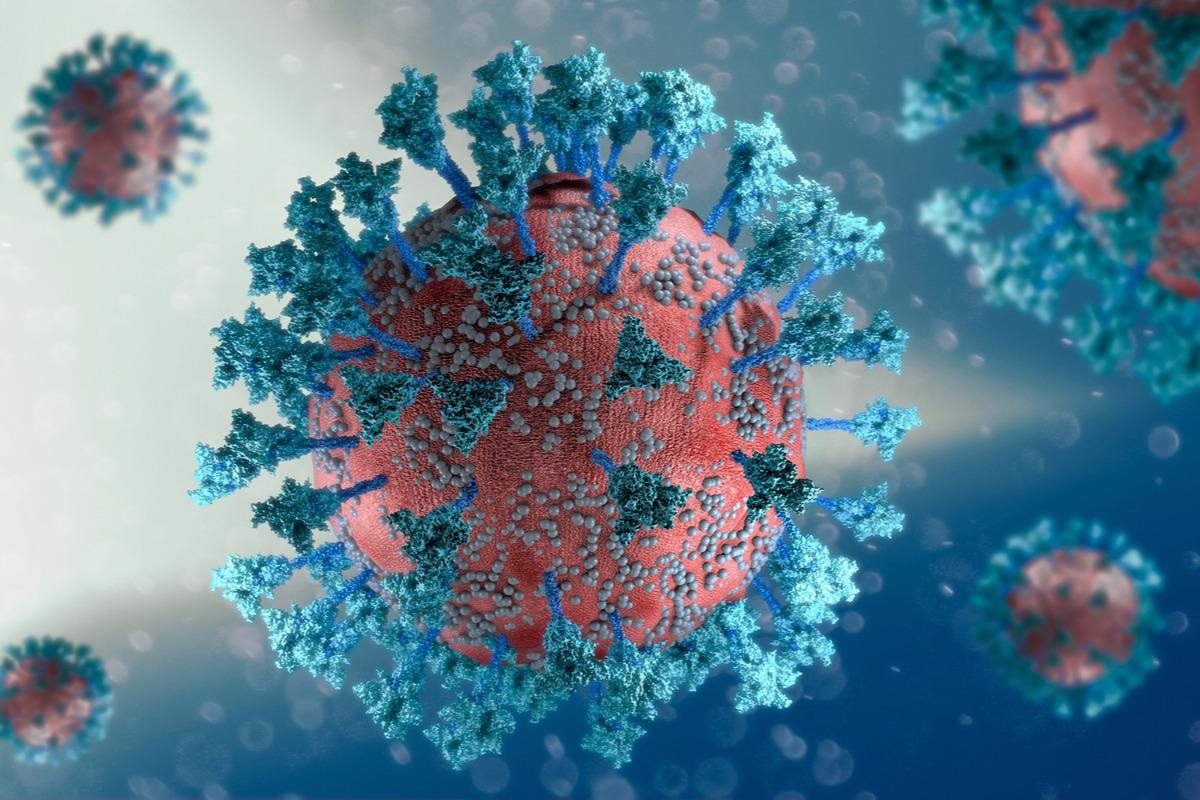The newest variant of severe acute respiratory syndrome coronavirus 2 (SARS-CoV-2), named Omicron, was described on the 26th of November 2021 from sequences from Botswana, Hong Kong, and South Africa. The variant has multiple spike protein mutations, which help it escape from antibody neutralization. Researchers are trying to establish the degree to which other components of the adaptive response may target Omicron and contribute to protection from severe outcomes.
 Study: T cell responses to SARS-CoV-2 spike cross-recognize Omicron. Image Credit: Naeblys/Shutterstock
Study: T cell responses to SARS-CoV-2 spike cross-recognize Omicron. Image Credit: Naeblys/Shutterstock
In a new study, forthcoming in Nature, scientists studied the ability of T cells to react with the Omicron spike. The study was conducted among individuals who were vaccinated with either the Ad26.CoV2.S or BNT162b2 vaccine or those who were unvaccinated convalescent coronavirus disease 2019 (COVID-19) patients.
A new study
Researchers examined T cell responses in subjects who had received one or two doses of the Ad26.COV2.S vaccine (Johnson and Johnson/Janssen), two doses of the BNT162b2 mRNA vaccine (Pfizer–BioNTech), or those who had recovered from infection. The groups consisted of 20, 15, and 15 individuals, respectively. T cell response to vaccination was measured 22-32 days after the last vaccination dose.
Scientists also measured cytokine production (IFN-γ, IL-2, and TNF-α) by intracellular cytokine staining in response to peptide pools. This covered the original Wuhan-1 spike protein (ancestral) and the Omicron spike. Further, the neutralizing activity against ancestral and Omicron spike from the plasma of the vaccinated participants was measured.
Key findings
The current study showed that vaccination and infection led to robust CD4+ and CD8+ T cell responses that largely cross-reacted with the Omicron variant. More specifically, 70-80% of the T cell response was found to be crossreactive, despite extensive neutralization escape against this novel variant of concern. T cell epitopes were abundant and located throughout the spike protein. This suggested that SARS-CoV-2 viral evasion from T cells may be limited.
Importantly, Omicron mutations appeared to abolish CD8+ T cell recognition in 15% of the participants, which could have pathological consequences for some individuals. Future research should define specific HLA class I profiles and epitopes linked to loss of T cell responses.
While T cells do not prevent infection, CD4+ T cells are extremely important for generating protective antibody responses and supporting the maturation of CD8+ T cells. Therefore, the generation and maintenance of robust SARS-CoV-2- specific T cell responses could foster long-term vaccine efficacy and protect individuals against severe disease. The longer-term durability of SARS-CoV-2-specific T cells and whether vaccine boosters could further enhance cellular immunity remains to be studied.
Omicron has contributed to a sharp surge in cases; however, hospitalization or deaths have not been as high as previous waves. This could be due to the maintenance of crossreactive T cell responses, intrinsic differences in Omicron severity, or both. The relative contribution of the two channels could be difficult to disentangle. Researchers stated that, to date, immune correlates of protection from the disease are not clearly defined. In the future, large-scale prospective studies could evaluate correlates of protection and define the role of T cell responses in disease.
Limitations
Scientists studied Omicron cross-reactivity approximately one month after vaccination. The cross-reactivity is expected to be related to the durability of T cell response, which declines over time. Also, researchers focused on Th1 cytokine production to quantify T cell responses. At the same time, other approaches (e.g., activation-induced marker (AIM) assay) could comprehensively capture the cellular immune response. Further, the use of 15mer peptides could have underestimated SARS-CoV-2 specific CD8+ T cells. Lastly, cross-verification of the findings from other geographical areas (and other vaccines) could ensure the robustness of the results.
Conclusion
The data presented in this paper show that SARS-CoV-2 T cell responses generated post-vaccination or post-infection are highly crossreactive with Omicron, in contrast to neutralizing antibodies. Early reports from many countries suggest that the hospitalization and death rates are lower than the previous Delta variant wave. The T cell response demonstrated in this study is encouraging news in case more highly mutated variants emerge in the future. Future research could analyze whether cell-mediated immunity can protect from severe COVID-19 disease and contribute to relatively mild outcomes for the SARS-CoV-2 Omicron variant.